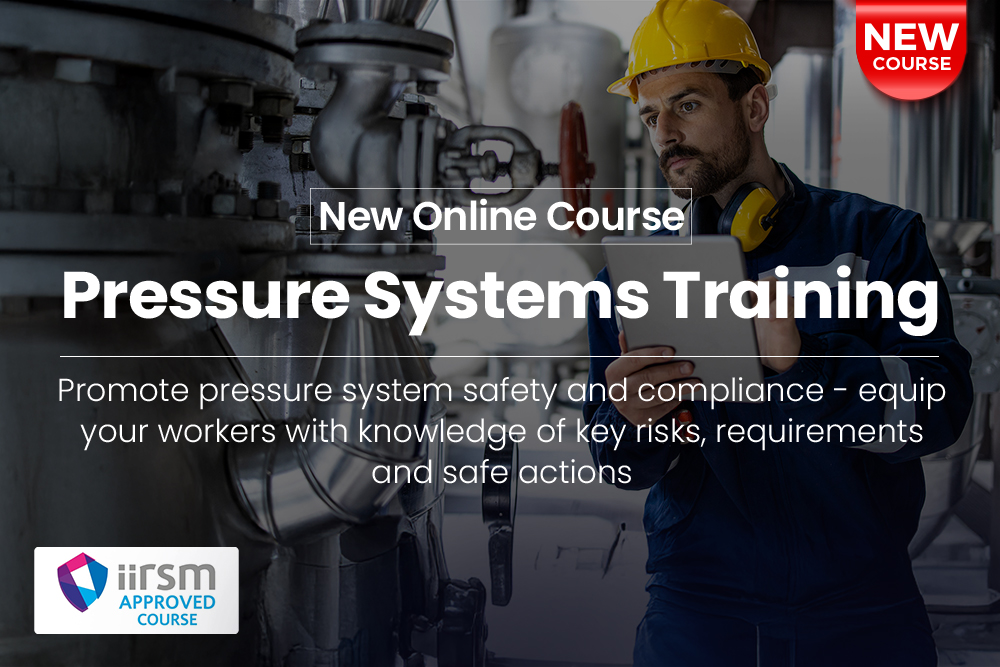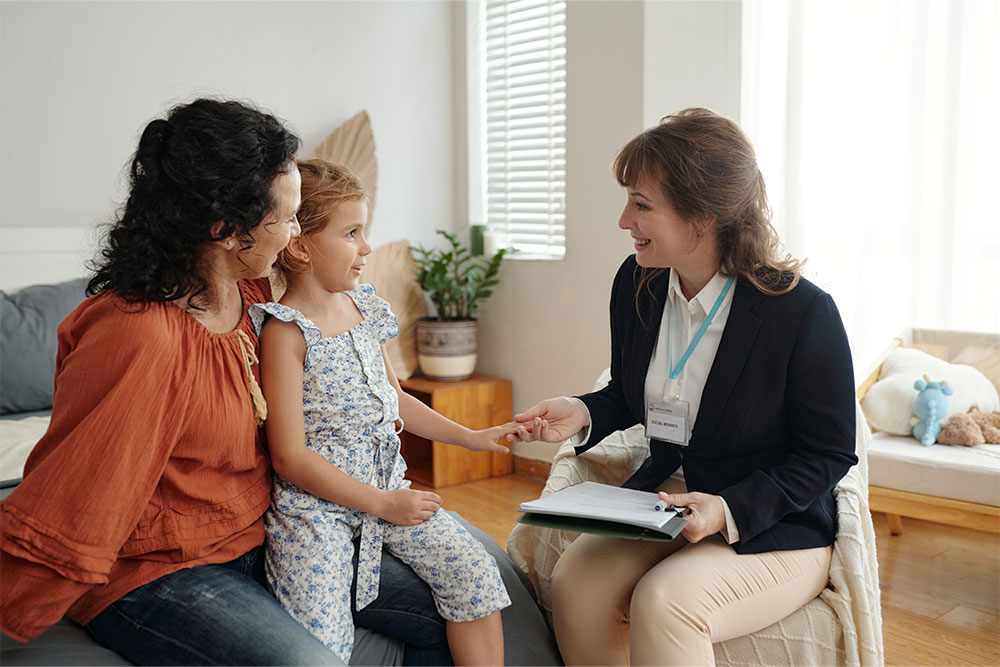
It’s vital to get safeguarding right. But making decisions about someone’s welfare isn’t always easy; situations are often critical and rarely straightforward.
Safeguarding legislation helps with this problem. It establishes clear rules and responsibilities. But, even with good intentions, statutory guidance isn’t exactly user-friendly. Knowing your choices will be scrutinised can also be paralysing.
That’s why you need to know the six principles of safeguarding. Although they come from legislation, the principles are understandable and universally applicable. Most importantly, they also help you stay true to the overall aim of safeguarding: to protect vulnerable people from harm.
What is Safeguarding?
Safeguarding is officially defined in The Care Act 2014. It’s essential for anyone who works with vulnerable adults (and children) to understand this legislation as it outlines safeguarding duties, roles and aims.
With that being said, it’s not realistic to use The Care Act as an everyday safeguarding manual. It’s more important to understand safeguarding practically – protecting individuals from abuse or neglect.
It can be more complicated to achieve this aim when the individual at risk is an adult, as they aren’t always realistic about their situations. Adults may also have more complex domestic conditions, such as dependents, and deserve as much autonomy over their lives as possible.
The safeguarding principles will help with this as they consider the needs of adults. (It’s important to note that different legislation applies to safeguarding children.
Promoting Wellbeing
At its most basic level, safeguarding is preventing harm. Protection isn’t the only goal, however, and effective safeguarding should also promote the adult’s wellbeing.
It’s not technically a principle, but should still inform safeguarding policies and decisions. Remember that safety is not the only thing that matters in life. Protecting vulnerable adults is always the priority, but this should be balanced with the adult in question’s wishes.
Basically, don’t try and make a vulnerable adult ‘safe’ at the expense of their dignity, autonomy or opportunity to contribute to society. You must work with the adult to agree on a shared understanding of safety and how to achieve it whenever possible.

The 6 Principles of Safeguarding
The principles of safeguarding underpin safeguarding policies and actions in any setting where vulnerable adults are regularly present. The principles were written initially for healthcare contexts but are now accepted as guidance for all settings and sectors.
The government has published statutory guidance to help organisations implement safeguarding principles into their practice.
When used successfully, the principles should make the best possible outcomes. They also ensure safeguarding is person-centred. This approach considers at-risk adults as individuals with unique safeguarding needs.
1. Empowerment
You should always assume that any vulnerable adult knows what’s best for themselves. This isn’t always true, but it should be your starting point.
It’s also critical to respect the concept of informed consent. This means vulnerable adults should be informed of their situation before making decisions.
In practice, ask adults what outcome they want from the safeguarding process and always keep this in mind.
2. Prevention
This principle is simple. It’s better to prevent harm than treat it. As the statutory guidance puts it, don’t “wait to respond.” Prevention, or early intervention at the least, minimises distress and makes it more likely the adult will go on to live a healthy, fulfilling life.
In practice, you need to recognise the signs of abuse and know what to do if you spot them. You also need to understand when an individual’s circumstances put them at greater risk.
3. Proportionality
Your actions should be proportional to the potential harm. As the statutory guidance puts it, you should aim for the “least intrusive response appropriate to the risk presented.”
This principle can seem trickier to apply because of the high stakes of safeguarding. No one wants to feel as if their inaction led to a person being hurt somehow.
You must follow established safeguarding policies to keep your responses consistent. This will also give you peace of mind that you’re fulfilling your responsibilities regarding safeguarding adults.
4. Protection
Maybe one of the most essential principles of safeguarding is that you are responsible for protecting and supporting adults when abuse happens.
In practice, you need sufficient safeguarding knowledge to act on concerns. Sometimes, all that’s required is to report to a designated safeguarding lead or senior figure. It’s then up to them to decide on the best course of action (while considering the adult’s wishes).
5. Partnerships
Safeguarding is not your individual duty. It’s a shared responsibility across your whole organisation and the wider community.
There are two relevant ideas in practice: raise awareness and collaborate with other groups to deliver positive outcomes.
Raising awareness essentially puts more hands on deck. If more people can recognise abuse, there are more opportunities for it to be caught and prevented.
Collaboration is necessary because multiple organisations and authorities usually need to get involved in a safeguarding case. However, no single person will have the total picture, so information sharing is vital.
6. Accountability
Safeguarding is everybody’s business. And if you work with vulnerable adults, you are responsible for looking for and reporting concerns.

There are different implications on an organisational level, but for individuals, you need to understand your role in safeguarding. And do everything you can to fulfil it, of course.
Safeguarding Training
The six critical principles covered here underpin everything regarding safeguarding adults. But if you work with vulnerable individuals, you need training. Because you need to know how to apply safeguarding principles and policies in real-life conditions.
Human Focus offers a range of adult safeguarding courses so you can find the right one for your experience level or responsibilities. All the courses are built on the principles of safeguarding, enabling you to see how they should be applied to your work. You’ll build safeguarding knowledge to better understand your responsibilities and make the right decisions to protect vulnerable adults.





























































































































































































































































































































































































































































































































































































































































































































































